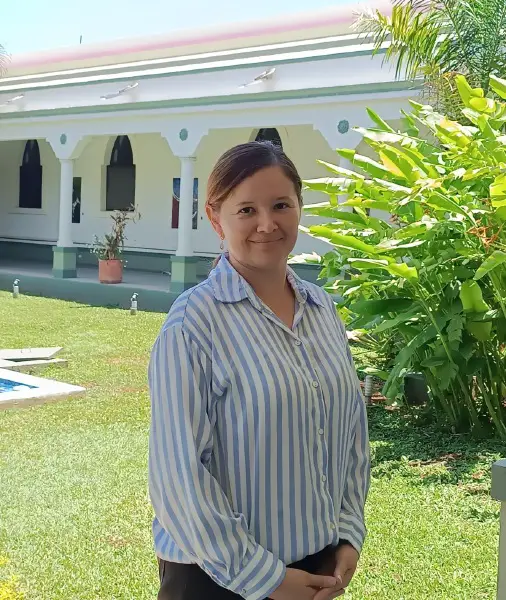Mérida is undergoing a breathtaking transformation. The once-forgotten streets and abandoned houses have given way to vibrant gastronomic corridors, cultural centers, and high-value properties. However, beneath this façade lies a complex web of gentrification that raises important questions about the social cost of urban beautification.
Dr. Edith Pereyra de la Rosa will shed light on these issues in her presentation “Megaprojects in Mérida’s Historic Center and Their Effects on Neighborhoods: A Gentrification Perspective,” scheduled for next Tuesday at 12 noon at the Rendón Peniche campus of Cephcis.
The researcher, who is pursuing a postdoctoral fellowship at Cephcis, will examine the socio-spatial changes that have taken place in neighborhoods surrounding La Plancha Park since its inauguration last November. Her analysis will focus on how public policies, tourism projects, and infrastructure investments have contributed to the gentrification of traditionally popular areas.
Tourism and Gentrification: The Double-Edged Sword
The presentation will highlight how the influx of visitors and investors has triggered a process of touristification, which in turn has led to the displacement of local families. Houses that were once home to long-time residents have been transformed into galleries, restaurants, or temporary rentals.
“The La Plancha area was neglected for years, but its reconfiguration with investments has changed land use and neighborhood life,” Dr. Pereyra explained. “Public policies have shaped urban space with a logic of consumption and surplus value, often ignoring the needs of those who already lived there.”
While some residents have benefited from improvements in infrastructure, lighting, security, and accessibility, others are concerned about the external interests involved in these projects.
“For the first time, we had ramps or road signs installed because now there is more surveillance and attention from the municipality,” a resident told Dr. Pereyra. “However, this attention comes at a price – our neighborhood has been redesigned for tourists.”
A Complex Phenomenon
Gentrification is not a homogeneous phenomenon in Mérida. While some areas have undergone significant transformations, others remain relatively untouched.
“What happens in Santiago, Santa Ana, or San Sebastián is not the same as what happens in La Plancha,” Dr. Pereyra noted. “Each case has its own particularities, but they all share a common pattern: space is redefined based on an economic model that prioritizes tourism and real estate investment over community needs.”
A Call for Territorial Justice
The researcher believes it is essential to open a public debate that goes beyond the academic sphere. We need to rethink our city from a perspective of territorial justice, where every resident has the right to inhabit their neighborhood with dignity.
“The nostalgia many of us feel for the Mérida that once was is also a form of resistance to a city that increasingly feels less like ours,” Dr. Pereyra said.
As Mérida continues to evolve, it is crucial to prioritize the needs and perspectives of its residents. Only then can we ensure that urban beautification serves the community, rather than benefiting only a select few.
Source: Diario de Yucatan




